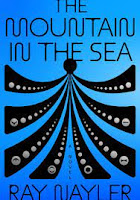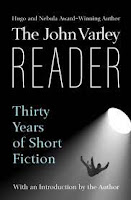First contact is an established sub-genre of science fiction. Humans arriving on an extra-terrestrial planet, chance meeting in space, or aliens arriving on Earth, innumerable such stories have been written in the century+ of sf. But what if the ”aliens” were with us all along? Such is the first question Ray Nayler's The Mountain in the Sea (2022) asks. The second it asks is: how would a fully corporate, technology-saturated world deal with that?
Set in a near-future of slightly altered national boundaries and nation states/business enterprises,The Mountain in the Sea is a braid of three character strands. First is Ha, a Vietnamese scientist who has been sent by her corp DIANIMA to a remote, heavily guarded Vietnamese island to do research. Specializing in marine biology, she finds herself in the company of the world's only sentient android investigating a strange underwater phenomenon involving octopode. Second is Rustem, a master hacker living under the radar in the Istanbul region. One of the world's best, he agrees to a hack job from an ultra rich but mysterious buyer, and ends up getting in over his head—almost. And lastly is Eiko, a slave worker aboard an AI captained fishing vessel called the Sea Wolf. Guarded by well-armed humans as the ship plies the South China seas, Eiko keeps his head down, waiting for his opportunity to escape.













